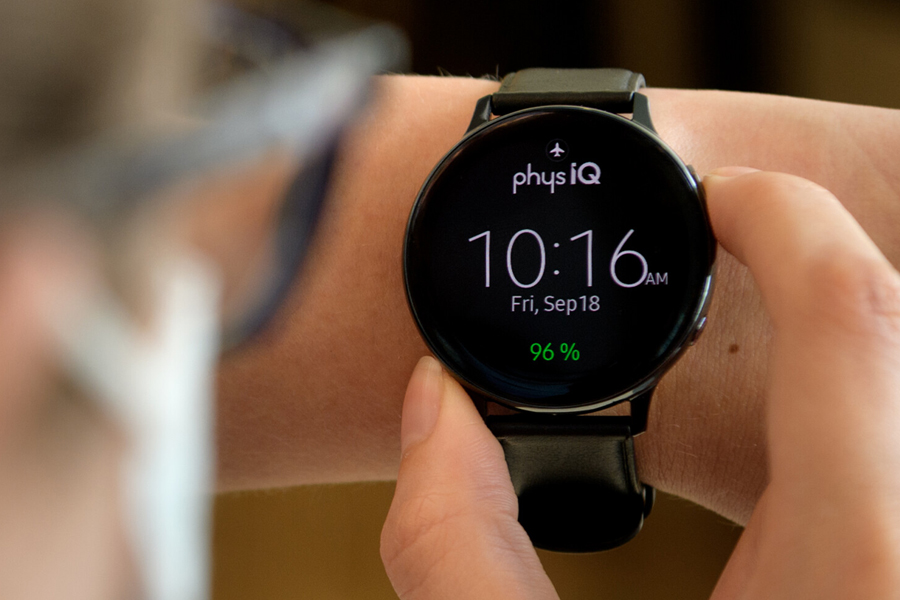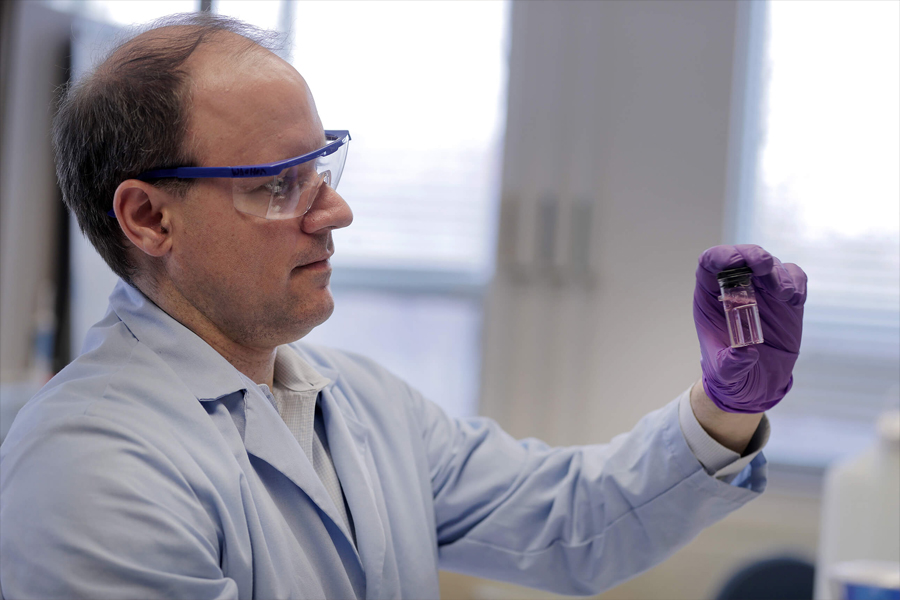
Stock photo of a COVID-19 molecule.

Stock photo of a COVID-19 molecule.
additional photos/animations
From inventing rapid handheld tests for COVID-19 to 3D-printing protective equipment, to identifying previously unknown risks to public health from building closures, to projects to diminish disease spread on campus, Purdue Engineering students, faculty and staff are responding to the urgent challenges of the pandemic while driving permanent innovation in emergency response capabilities.
It is likely that the COVID-19 crisis will change the way our society works, lives and innovates for decades to come. How will we respond to future pandemics, financial crises, and natural or human-made disasters? How might we “engineer” resilience into our society’s systems – infrastructure, logistics, wireless connectivity, innovation, healthcare, energy, food, manufacturing, financial, business, social and community organizations? Engineering innovation can play a powerful transformative role in enabling resilience in our society’s systems. Purdue Engineering faculty are taking a leading role in advancing public dialogue on the technological and social innovations that will shape our collective resilient future.
See also: Engineering Rising to the Challenge
Qingyan (“Yan”) Chen, the James G. Dwyer Professor of Mechanical Engineering, has been studying the spread of infectious diseases in enclosed spaces for 16 years. Given his experience and expertise, he has become a go-to source for commentary and advice on how to curb the spread of the novel coronavirus, particularly on airplanes, on cruise ships and in other enclosed spaces.
Quoted by such top-tier media as Fast Company, Forbes, CNN, USA Today and The Washington Post, he shares his insights below. In addition to discussing virus transmission on planes and ships, he offers his thoughts on what all of us need to do to keep COVID-19 at bay.
Source: Why is the novel coronavirus spreading so quickly and how can we slow its transmission?
The novel coronavirus is leaving few stones unturned as it wreaks havoc on worldwide populations and economies. One of those stones may be our drinking water. When buildings have low water use, safety additives like corrosion inhibitors and disinfectants may no longer work and uncontrolled chemical and microbiological reactions can occur.
As Andrew Whelton, associate professor of civil engineering and environmental engineering, and his team began to shut down their own research labs, they applied for a National Science Foundation Rapid Response Research (RAPID) grant to capture data in underused buildings that could help paint a picture of what may be happening in millions of buildings globally.
Source: COVID-19 collateral damage: Our drinking water
Related News

Purdue researchers are helping to develop physIQ software that could indicate that a person should get tested for COVID-19, by detecting specific changes in heart and breathing rates while the person wears a smartwatch.

Qingyan (“Yan”) Chen, the James G. Dwyer Professor of Mechanical Engineering.

Purdue Engineering professor Andrew Whelton holds up a water sample from a building faucet. The pink color indicates the presence of chlorine, a disinfectant. Whelton’s team is investigating how water quality might change in buildings during a time of limited occupancy due to the COVID-19 pandemic.
Purdue University photo/Matthew Kerkhoff